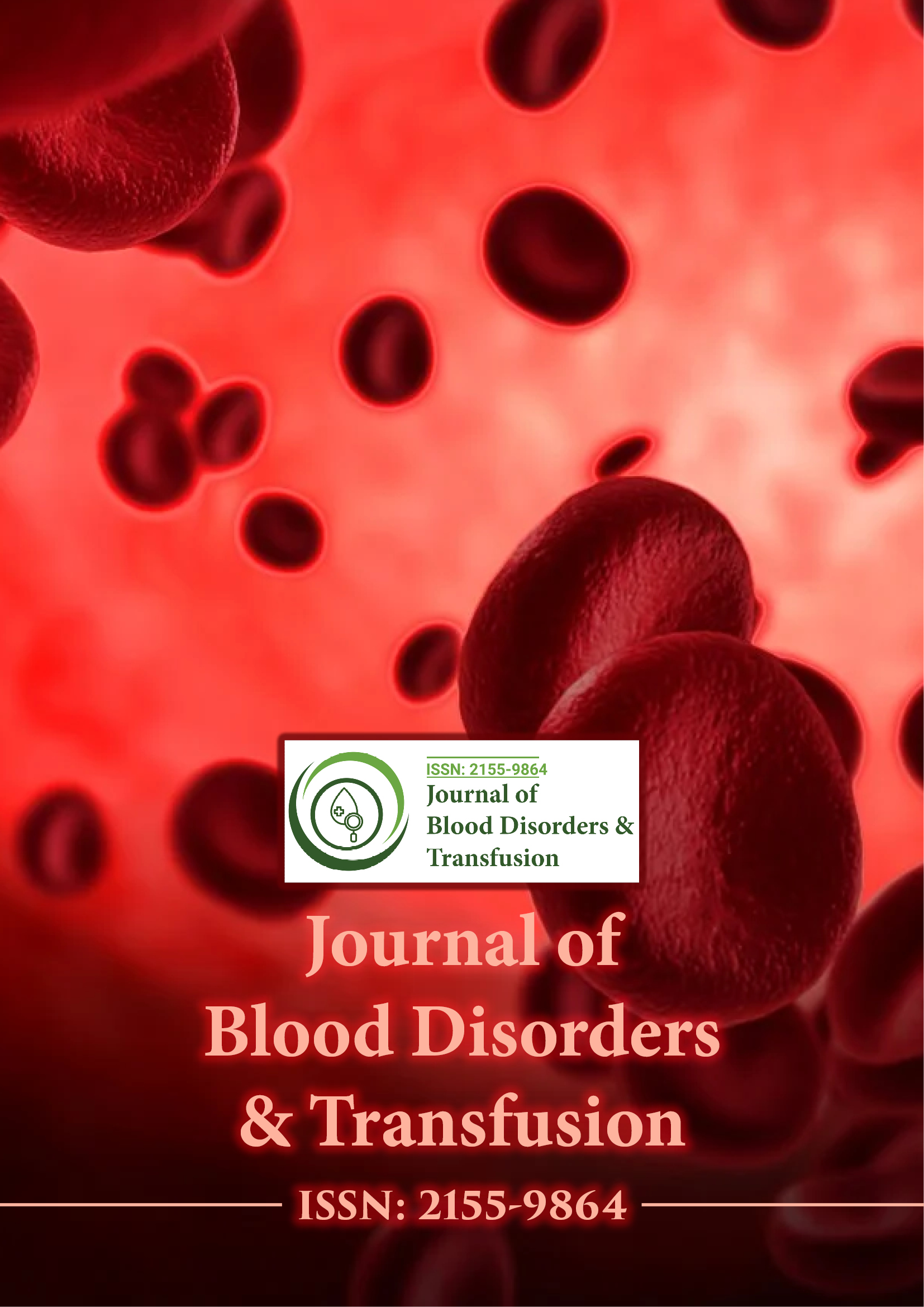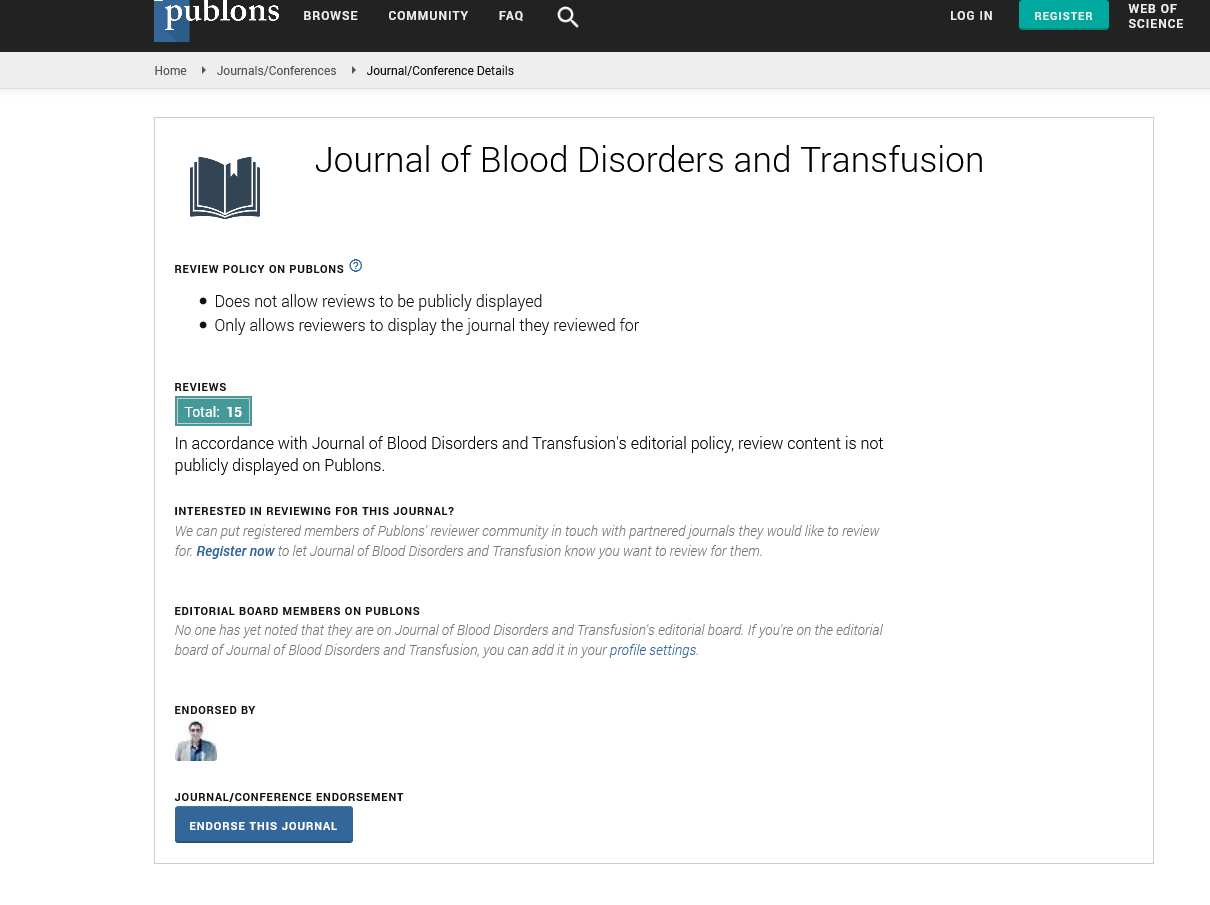Indexed In
- Open J Gate
- Genamics JournalSeek
- JournalTOCs
- Ulrich's Periodicals Directory
- RefSeek
- Hamdard University
- EBSCO A-Z
- OCLC- WorldCat
- Proquest Summons
- Publons
- Geneva Foundation for Medical Education and Research
- Euro Pub
- Google Scholar
Useful Links
Share This Page
Journal Flyer

Open Access Journals
- Agri and Aquaculture
- Biochemistry
- Bioinformatics & Systems Biology
- Business & Management
- Chemistry
- Clinical Sciences
- Engineering
- Food & Nutrition
- General Science
- Genetics & Molecular Biology
- Immunology & Microbiology
- Medical Sciences
- Neuroscience & Psychology
- Nursing & Health Care
- Pharmaceutical Sciences
Abstract
The Effectiveness and Compliance of Routine Antenatal RhIG Prophylaxis using Different Strategies: A Systematic Review and Meta-analysis
Kar Men Tee and Denise E Jackson*
Routine antenatal anti-D prophylaxis has successfully reduced the incidence of RhD alloimmunisation and Haemolytic Disease of the Foetus and Newborn (HDFN). However, there are different strategies and guidelines available across different countries. This systematic review and meta-analysis aimed to investigate the effectiveness and compliance of routine antenatal prophylaxis of different strategies by measuring detectable anti-D levels at delivery, RhD alloimmunisation rate and compliance. PubMed, SCOPUS, EMBASE and Cochrane Library were searched up until 30 July 2023. Binary random effects meta-analysis using maximum likelihood method was performed in Open Meta Analyst software. 17 studies were eligible for meta-analysis. More women had detectable anti-D at delivery after two-dose regimen (24.5%; estimate 0.532, 95% CI [0.181, 0.866], P<0.001) than one-dose regimen (18.35%; estimate 0.252, 95% CI [0.107, 0.433], P<0.001). The rate of RhD alloimmunisation was higher for two-dose regimen (0.33%; estimate 0.003, 95% CI [0.002, 0.005], P<0.001) when compared to one-dose regimen (0.13%; estimate 0.002, 95% CI [0.000, 0.005], P<0.001). Targeted antenatal Rh Immune Globulin (RhIG) had the highest compliance (90.01%; estimate 0.903, 95% CI [0.880, 0.924], P<0.001). One-dose had higher compliance when compared to two-dose regimens (88.73% vs. 61.49%; P=0.004). Both universal one-dose and two-dose regimens were equally effective for the prevention of RhD alloimmunisation. However, one-dose regimen would perform better than two-dose regimen due to higher compliance. The targeted regimen which uses a single dose of RhIG is considered the best strategy for routine antenatal prophylaxis with the highest compliance.
Published Date: 2024-02-21; Received Date: 2024-01-15

